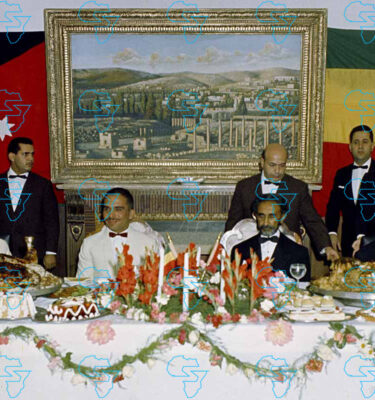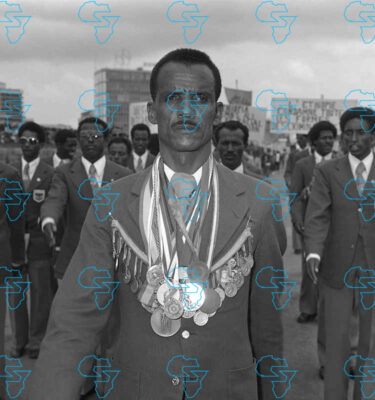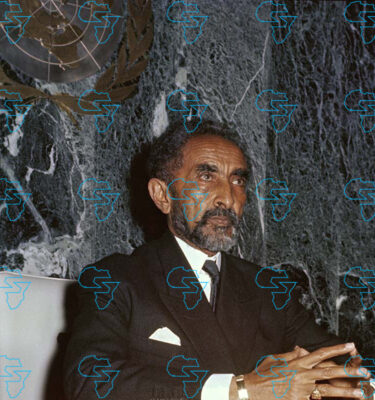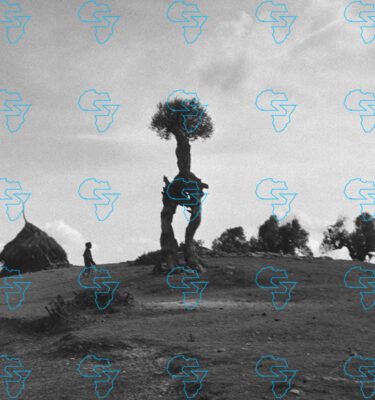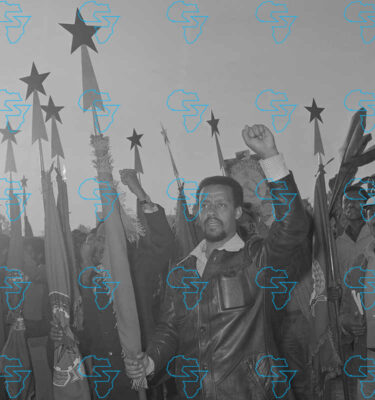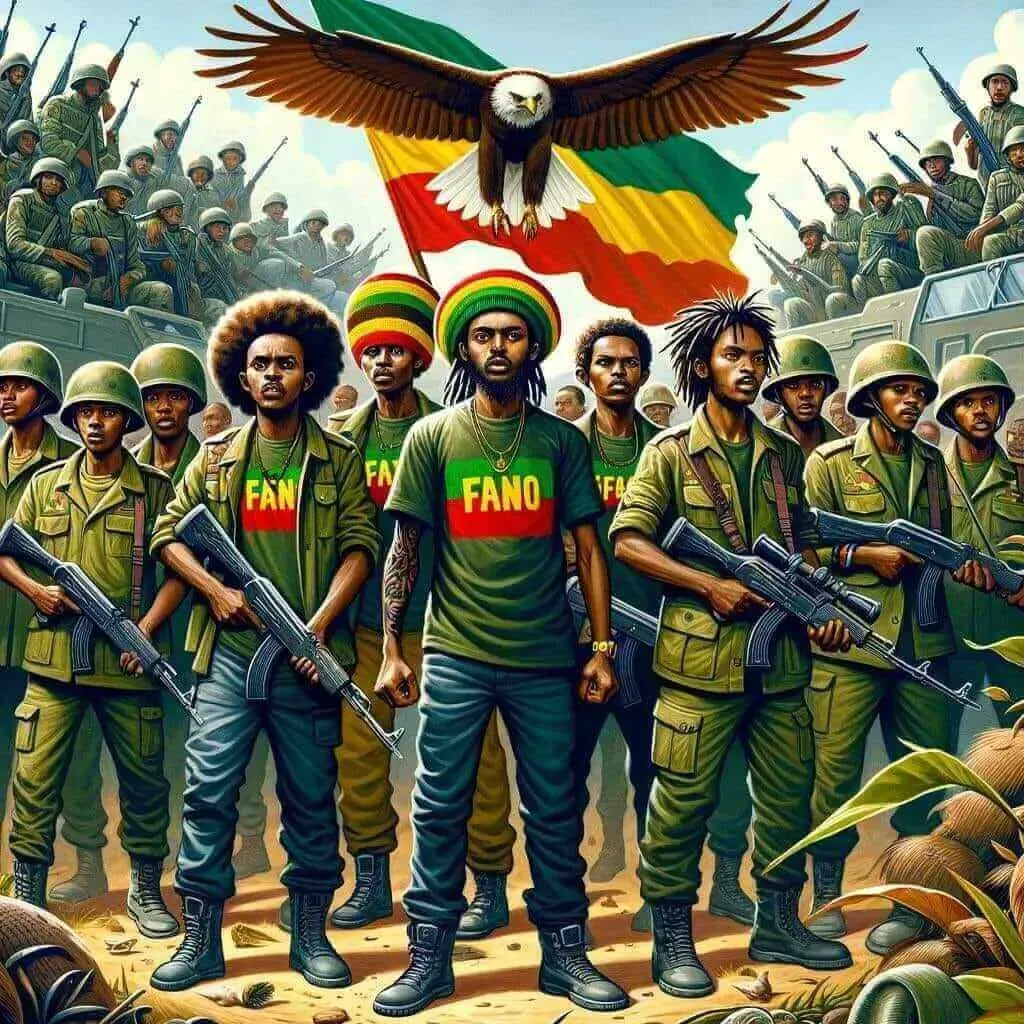
(The Habesha) – In the vast political landscape of the Amhara Region, the role and influence of Fano groups continue to generate interest and discussion. Who leads these compelling collective forces? What backgrounds and philosophies guide these leaders in their governance and decision-making? This article delves into understanding the individuals at the helm of the Fano groups operating in the Amhara Region. We will explore their political ideologies, journey towards leadership roles, and the impact their rulings have on the socio-political fabric of the region. Brace yourself for an in-depth analysis that sets out to provide answers to these intriguing questions about the leadership of the Fano groups.
Overview of Fano Groups in Amhara Region
Let’s delve into a comprehensive overview of the Fano groups operating in Amhara Region.
Historical Context of Fano Groups
To fully comprehend the Fano groups, we must first understand their history. This puts the present influence of these groups into perspective.
Origins and Evolution
The Fano groups trace their origins back to the early periods of the Amhara Region, particularly during the reign of Emperor Tewodros II. They started as local citizenship-based groups focused on community service and youth empowerment. However, over years, their role evolved significantly. During periods of political turmoil and instability in the country’s history, the Fano groups proved pivotal, transforming into a quasi-military entity focused on protecting Amhara’s territory and people. This evolution, fueled by historical events and political shifts, has established their distinct identity within the region.
Role in the Amhara Region
The Fano groups play a significant role in the Amhara Region. They are often seen as the unofficial defense entity of the region, given their grassroots level involvement in shielding the community from security threats. However, their role extends beyond security to include social, political, and economic realms. They are seen to have influence over local governance structures and policies, demonstrating the wide reach the Fano groups have within the region.
Current Activities and Influence
Understanding the present activities and overall influence of the Fano groups in the Amhara Region is paramount to grasp their impact.
Political and Social Impact
In terms of political impact, Fano groups have a notable voice in the political dialogues within the Amhara Region. They are recognized as influential players in shaping the political landscape, especially due to their strong connection with the local population. On the social front, the Fano groups continue to be involved in community-based initiatives, focusing on societal issues, and occasionally serving as arbiters in local disputes. This blend of political power and social influence has been a significant aspect of their current activities.
Community Perception
Community perception of the Fano groups varies widely. For some, they are revered as the protectors of the Amhara region. They are seen as a symbol of local resistance and regional identity. However, for others, their increasing involvement in politics and governance has raised questions about their role and intentions. Various reports suggest a community divided in its perspective, reflecting the complicated nature of the Fano groups’ influence in the Amhara Region.
Notable Leaders of the Fano Groups
Diving into the intricacies of the Fano groups operating in the Amhara region, a few prominent leaders stand out. Here, we delve into their background and leadership strategies.
Prominent Figures and Their Backgrounds
Under this section, we explore the major figures within the Fano organization and dissect their background, focusing on their education, military experience and political ties.
Educational and Military Background
Understanding the educational and military background of the Fano leaders provides insight into how they’re able to command and strategize effectively. Most leaders’ academic histories span diverse fields, contributing to their politically astute leadership. Moreover, their military background, often embedded in the historical resistance of Amhara, enables them to understand ground realities and respond effectively to crises.
Political Connections
Connecting the dots between Fano leaders and political circles offers a vivid picture of how they leverage political relations to strengthen the group’s stand. Typically, these connections extend to influential positions within regional politics and beyond, greatly contributing to their resource mobilization abilities and political leverage.
Leadership Styles and Strategies
We further analyze the leadership styles adopted by these figures and the strategies they implement, which aids in understanding their influence on the group’s overarching goals.
Tactical Approaches
When it comes to tactical approaches, the leadership can be described as being agile and responsive to changing regional dynamics. Their strategies often aim at maintaining group cohesion, directing collective action, and working towards the preservation of Amhara’s cultural and geopolitical interests.
Public Communication
A significant aspect of their leadership style revolves around public communication. Fano leaders adeptly use media platforms to spread their narrative, sustain public support, and garner international attention on issues related to the Amhara region. The effective use of such strategies has been crucial to the Fano groups’ endurance and visibility at the regional and national level.
In conclusion, the leaders of the Fano groups in the Amhara region come from diverse backgrounds and employ varied tactical approaches. Their leadership style is marked by a unique blend of strategic communication and agility, playing a significant role in the groups’ continued presence and influence within the region.
Challenges Faced by Fano Leaders
In the daily operations of the Fano groups, several challenges threaten to disrupt their focus on serving the Amhara people and advancing their cause.
Internal Conflicts
Internal conflicts are a significant hurdle within the operations of the Fano groups. Two notable issues in this area include leadership rivalries and resource allocation issues.
Leadership Rivalries
Within the organizational setup of the Fano groups, leadership rivalries have been a recurring challenge. The diverse geographical spread and differing ideologies among members often result in power struggles and leadership tussles. Such rivalries have the potential to weaken the unity within the groups and may even lead to a divide if not addressed properly.
Resource Allocation Issues
On top of leadership rivalries, resource allocation issues further complicate internal dynamics. The distribution of resources – both material and non-material, often stir up conflicts within the Fano groups. Members often argue over the allocation of resources like monetary funds, weaponry, and territorial control, causing substantial internal strife.
External Pressures
Aside from internal conflicts, the Fano groups also face shadowy challenges resulting from external pressures, more specifically in terms of their relations with the government and public scrutiny and criticism.
Government Relations
Government relations have always been challenging. The Ethiopian government’s varying stance towards the Fano groups has resulted in tense relations and sometimes, outright conflict. Even though the Fano claim to be defending the interests of the Amhara people, they have often faced opposition from government authorities. Consequently, this has led to strained relations that play out in the form of government crackdowns, restrictions on activities, and even arrests of Fano members.
Public Scrutiny and Criticism
The public scrutiny and criticism faced by the Fano groups also pose a significant challenge. As they operate in a highly politically charged environment, their actions are often under the microscope, drawing attention from both their supporters and detractors. The criticism often focuses on their methods, which some members of the public view as extreme. This public scrutiny serves as a reminder that their actions have consequences beyond their immediate goals. Therefore, this external pressure presents a formidable challenge to the group’s operations. This is a major challenge Fano leaders face. They need to carefully navigate their actions to maintain public support while pushing for their objectives.
In conclusion, being a leader in the Fano groups demands resilience, smart strategy, and strong leadership to navigate these challenges.
Future Prospects for Fano Leadership
As we look toward the future, speculating on the fate of the Fano leadership becomes an exciting, albeit challenging, exercise. Their influence in the socio-political fabric of the Amhara region, potential growth trajectories, as well as the pitfalls they might face, offer several perspectives for analysis.
Potential Growth and Development
Expanding Influence
The Fano groups’ operation within the Amhara region have seen a marked increase in recent years, with the possibility of their influence extending beyond their immediate loci. Propelled by growing support from local populations, their role has expanded from being cultural stalwarts to becoming significant participants in the Amhara region’s political landscape. At this momentum, it’s plausible to foresee an increasing consolidation of their power, with a potential to yield significant changes in the regional scenario. However, this projection assumes a consistent rule of law and political stability.
Strategic Alliances
In addition to expanding their sphere of influence, another potential growth avenue for Fano leaders could be through strategic alliances. By aligning their interests with other influential groups within the region, they could enlarge their operational capacity, compound their influence, and establish a stronger political clout. This strategy could particularly serve them in larger conflicts where they are pitted against nationally dominating forces.
Potential Threats and Opportunities
Regional Stability Concerns
While the Fano groups’ increasing influence holds possibilities for growth, it also usher in a potential threat: that of destabilising regional equilibrium. Effectively handling the intricate web of ethnic, cultural, and political dynamics will be essential for Fano leaders. Such a challenge, if not well-addressed, could lead to heightened tensions, potentially fuelling conflicts and exacerbating regional instability.
Opportunities for Reform
Herein also lies a unique opportunity for Fano leaders: the chance to introduce reforms. Navigating the aforementioned stability concerns may require adaptations, modifications and comprehensive reforms in their operational tactics and strategies. This could entail greater inclusion, fostering inter-region relations, and championing regional unity. Although complex, such a path has the potential to mitigate challenges, engage more stakeholders positively, and secure a long-term leadership position for the Fano groups within the Amhara region.
The future of Fano leadership in the Amhara region teems with potential growth and development opportunities. However, they must carefully navigate potential threats to ensure their survival and prosperity. Ultimately, their ability to sustainably expand their influence, form strategic alliances, handle region stability concerns, and seize opportunities for reform will determine the future trajectory of their leadership within the Amhara region.
.
.
.
#Leaders #Fano #Groups #Heart #Amhara #Operations
Source link



